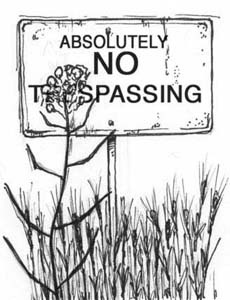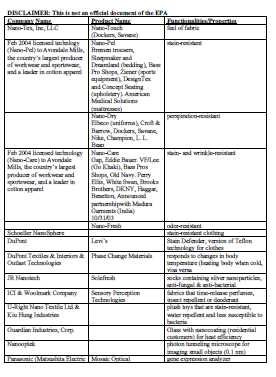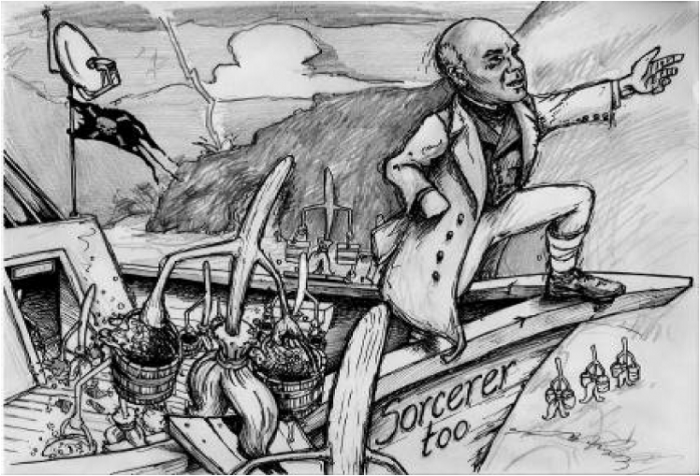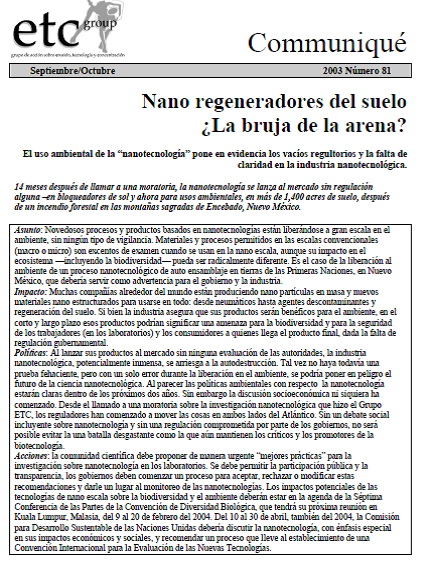Tell Monsanto Where To Go!
Saskatchewan farmers Percy and Louise Schmeiser fought Monsanto all the way to the Canadian Supreme Court when the Gene Giant accused them of violating Monsanto's patent on GM canola (oilseed rape). Percy and Louise did not want GM seeds on their property and they did not try to benefit from the herbicide-tolerant trait in the GM seed (that is, they didn't spray Roundup weedkiller). Yet, Monsanto came onto their land without permission, dug around to establish that GM canola had contaminated the Schmeisers' farm, and then blamed the family for the company's failure to control its own technology. GM canola pollen has been shown to travel as much as 26 kilometers (16.2 miles). Monsanto has been selling GM canola since 1996. Canola seed can survive in the soil for eight or more years. GM contamination can spread from fields to boulevards to cemeteries and home gardens. With the help of prairie winds and bees, GM seed planted in a field eight years ago could have hitchhiked more than 208 km. Today, GM canola is a major weed pest on the Canadian prairies.







